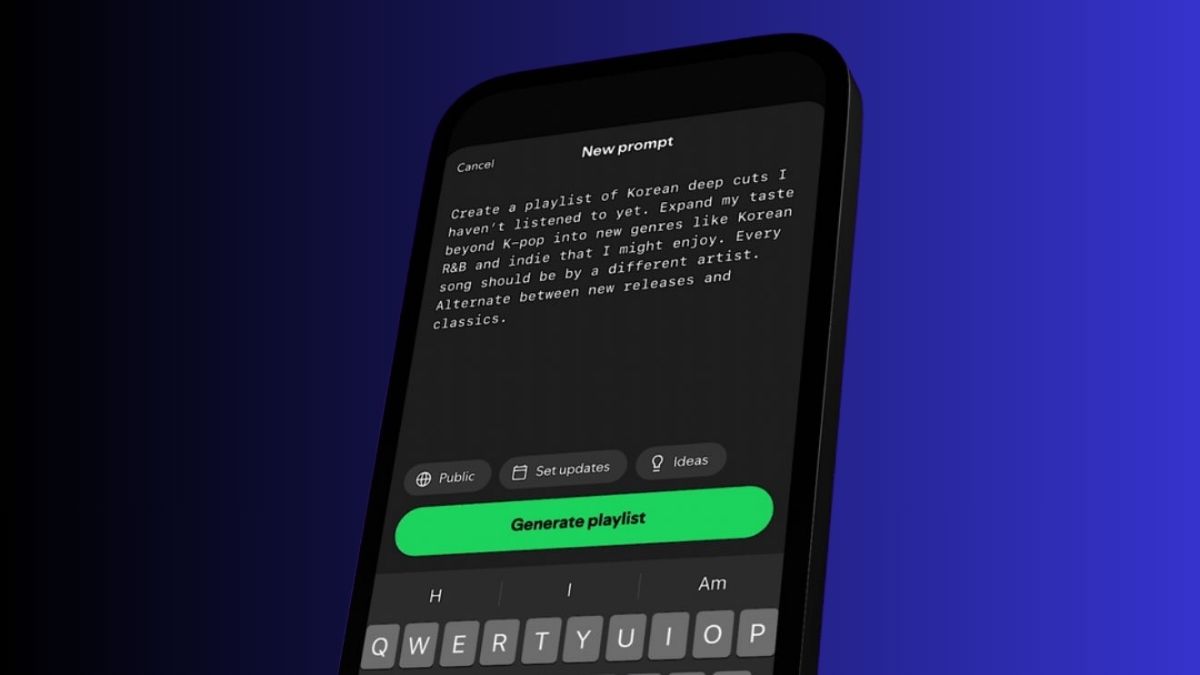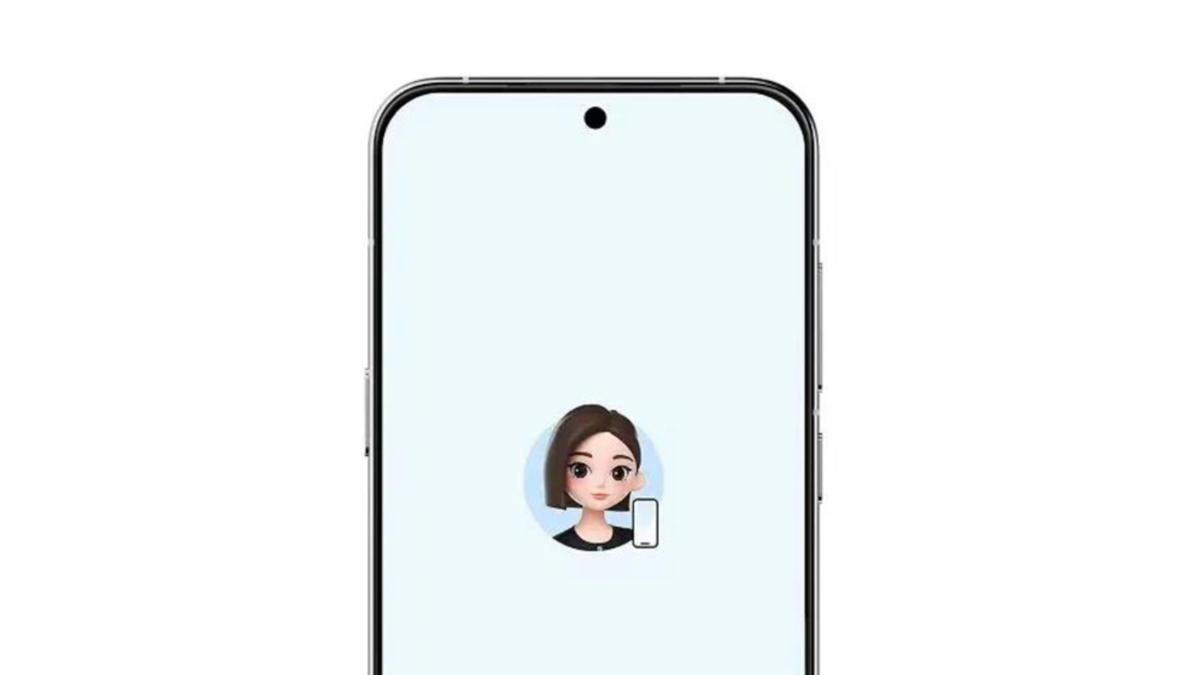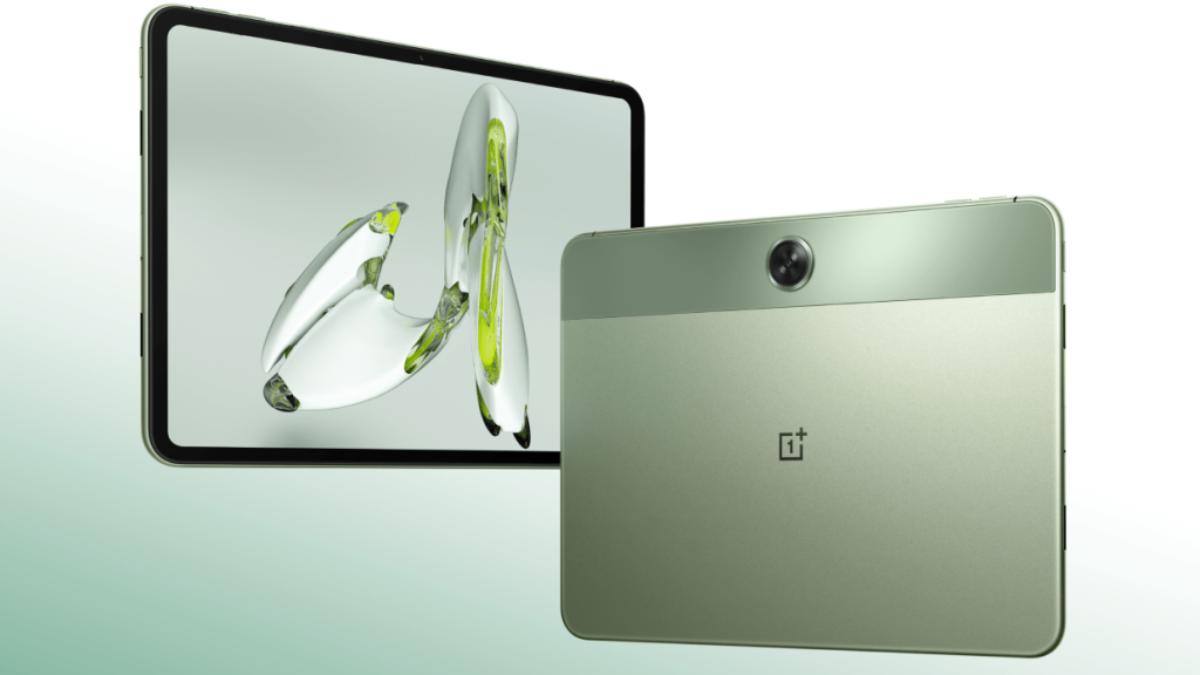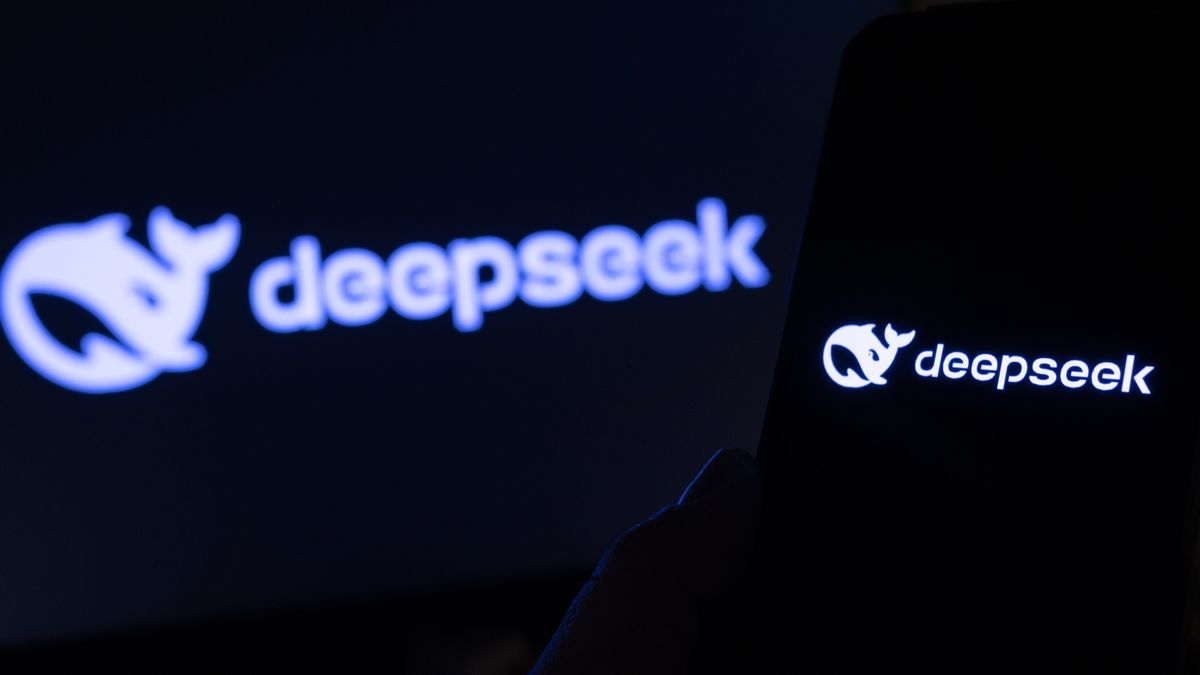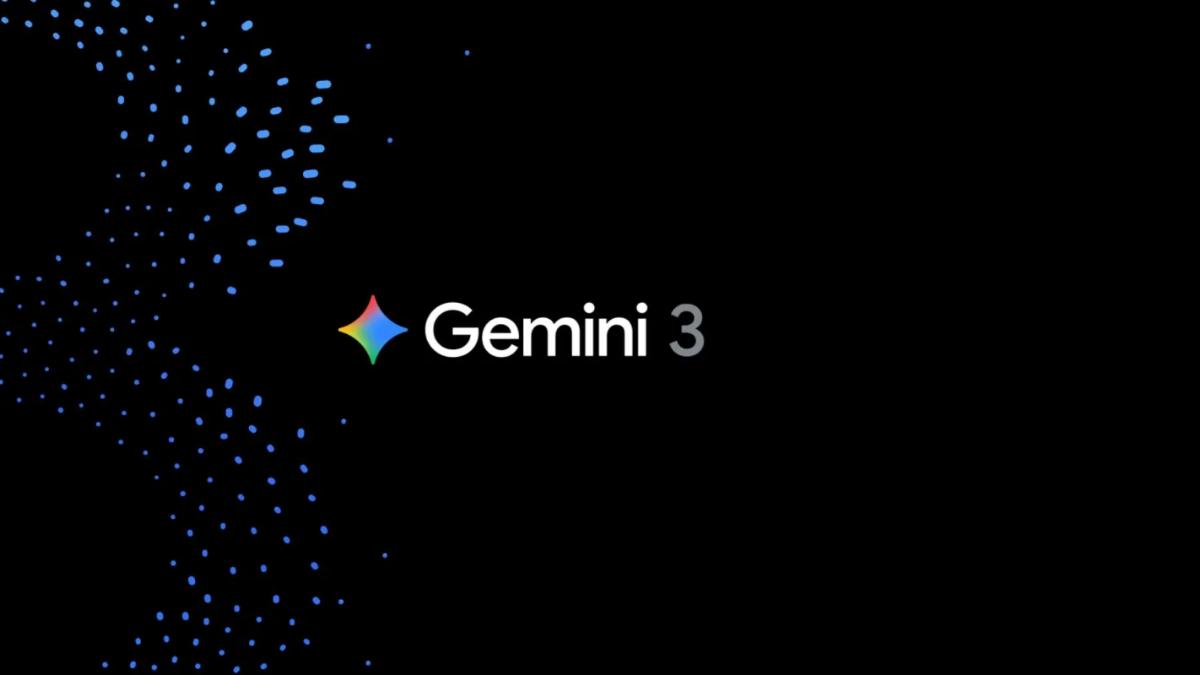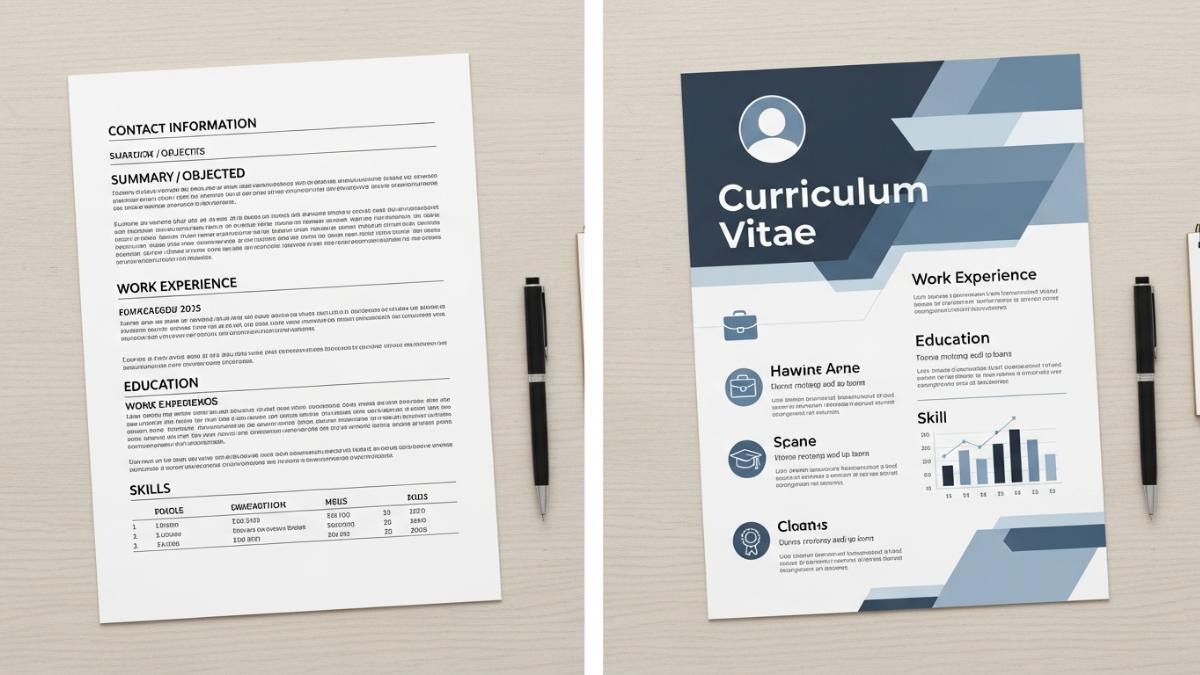This week, AI made big progress with three major announcements that changed the AI landscape.
Google unveiled new video tools, Anthropic launched Claude 4 with powerful coding skills, and OpenAI introduced Codex to improve developer workflows.
Google’s Video Revolution
Google introduced Veo, a new AI that creates videos with sound, music, and dialogue all at once. This is a big improvement over older AI video tools that only made silent clips.
Google also launched Project Mariner, an AI agent that can browse websites and complete tasks automatically. It works well on familiar sites but struggles with new tasks. Users can teach it new skills, though this feature needs improvement.
Another Google tool, Stitch, lets users design mobile and web app interfaces just by describing what they want. Stitch can generate ready-to-use code or export designs directly to Figma, making app creation faster and easier.
Claude 4 Sets New Standards
Anthropic’s Claude 4 is now a leader in AI coding. It can create full applications from a single prompt and often gets it right the first time.
Claude 4 also writes text that sounds very human and can critique the quality of writing—something previous models found difficult. It follows complex instructions accurately, making it reliable for detailed tasks.
OpenAI’s Codex Transforms Development
OpenAI released Codex, a tool that connects directly to GitHub repositories. Developers explain the changes they want, and Codex updates the entire codebase automatically.
Codex can run many coding tasks at once and works on both new and existing projects. It comes with a ready-made environment full of tools and libraries, making it useful for complex coding work.
Microsoft’s Move Toward Open AI Tools
Microsoft open-sourced GitHub Copilot under an MIT license, allowing anyone to modify and share this AI coding assistant for free.
They also introduced Magentic UI, a local computer agent that helps users complete tasks privately on their machines. Unlike browser-based agents, Magentic requires Docker but gives users more control.
What This Means for Businesses
These AI tools are no longer just experiments; they are ready for real-world use. Video creators can now generate full videos with soundtracks quickly. Developers can write and fix code faster than ever. Designers can prototype apps in minutes.
AI is changing how we create, code, and communicate. These innovations will help businesses save time and improve productivity.



